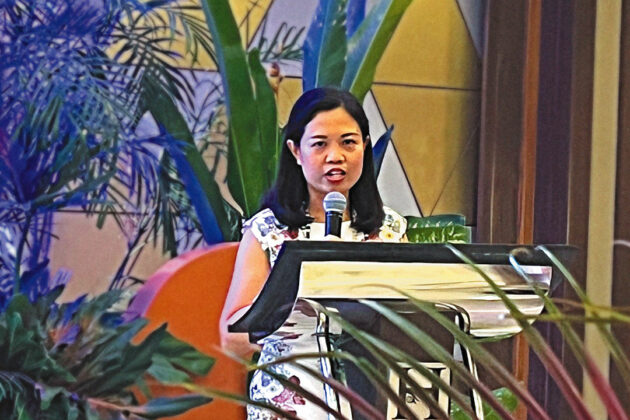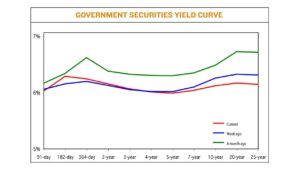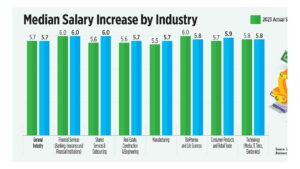‘Island hoping’

ONE OF the best things about daily living in Boracay is the e-trikes — they’re quiet, they don’t emit gas fumes or smoke, and they’re still a novelty for this city girl who moved to the island last year.
I remember the years before e-trikes, when the island’s main road was filled with drivers piling passengers on their noisy, gas-powered tricycles that they drove recklessly. Even during low season, the tricycles created pollution and chaos on the two-lane road between White Beach and Bulabog Beach.
It took 11 years and three local administrations — since e-trikes were first proposed in 2010 — for Boracay to complete the migration from gas to electric-powered, according to Malay Mayor Frolibar S. Bautista, whom we chatted with at the launching of PAL’s Hiraya Flight Pass. (Another quaint law here is that all private vehicles must be white; no other color is allowed.)
In the beginning, drivers and franchise owners opposed the move as electric tricycles cost more than twice the price of regular tricycles. “Inaway nila ako (They fought me),” Mr. Bautista says, adding that each franchise can have a maximum of two e-trikes.
Designed to transport up to eight people and charging a minimum of P20 per passenger, the e-trikes have become an island signature and a nod to its sustainability efforts. Note that Boracay followed El Nido in banning single-use plastics, though sari-sari stores and palengkes still use plastic bags to this day.
The country is now open to tourists and Boracay is back with a vengeance as we approach Easter. Hotels, restaurants and shops are open, White Beach is filled with tourists at sunset, and the island is alive with activities.
Hit by several pandemic shutdowns for two years, plus the 2018 closure, Boracay is now nearing pre-pandemic numbers. According to the Malay tourism office, arrivals reached 41,176 from March 1 to 9, with 40,374 domestic tourists, 445 foreign tourists, and 357 overseas Filipino workers. That’s an average of 4,575 arrivals for the first nine days of March.
February arrivals reached 80,882 and December 2021 recorded the highest numbers in two years with 113,596 arrivals. DoT Regional Director for Western Visayas Christine C. Mansinares shares that the programs and campaigns the Department of Tourism launched during the pandemic — such as bike tours and food crawls — are all designed to make the island sustainable.
It’s a delicate and never-ending balance between economy and environment as businesses are eager to recover their huge losses in the past years.
“During Boracay’s closure in 2018, we knew that it would reopen in six months. It was harder with the pandemic because we didn’t know when it would end,” she reveals. “We needed to do social preparation as well because local people’s mental health was severely affected from being jobless, and we tried to convince them that there was hope.”
Ms. Mansinares was the point person of embassies in the Philippines that were repatriating their nationals when the pandemic broke. “I was awake 24/7 during those days trying to locate their people and matching them with sweeper flights,” she narrates.
Ms. Mansinares adds that with everything Boracay has gone through, the private sector pulled together to promote new programs and campaigns. “One of the things we’re now promoting is wellness. We want tourists to see the island as a place where they can enhance their well-being. We also want to promote local food apart from our food crawl. It involves both tourism enterprises as well as the communities that produce it. It’s really inspiring to work with the communities, government and private sector — tulong-tulong (working together) to push for the recovery of the island.”
Malay Chief Tourism Officer Felix delos Santos says, “The rehabilitation in 2018 was really to make the island environmentally sustainable. Nakapahinga na ang isla (The island has had a break) from the closure and the pandemic, and during those periods there were a lot of realizations by business owners and residents on how to sustain the island. Plus, the Boracay Inter-Agency Task Force is still here to oversee the implementation of environmental laws.”
According to the DENR, the carrying capacity of Boracay is 6,405 arrivals a day. With an average of three days per stay, that’s about 19,500 tourists on any given day. Ms. Mansinares says Boracay has 12,000 rooms spread across more than 300 accommodation establishments.
Boracay may no longer be the party island it once was, when the parties were so wild you could hear the music all the way to the mainland, but it’s a better island now. Families love Boracay, remote workers have found homes in Boracay, and it moves to a slower pace that makes everyone appreciate its beauty even more.




